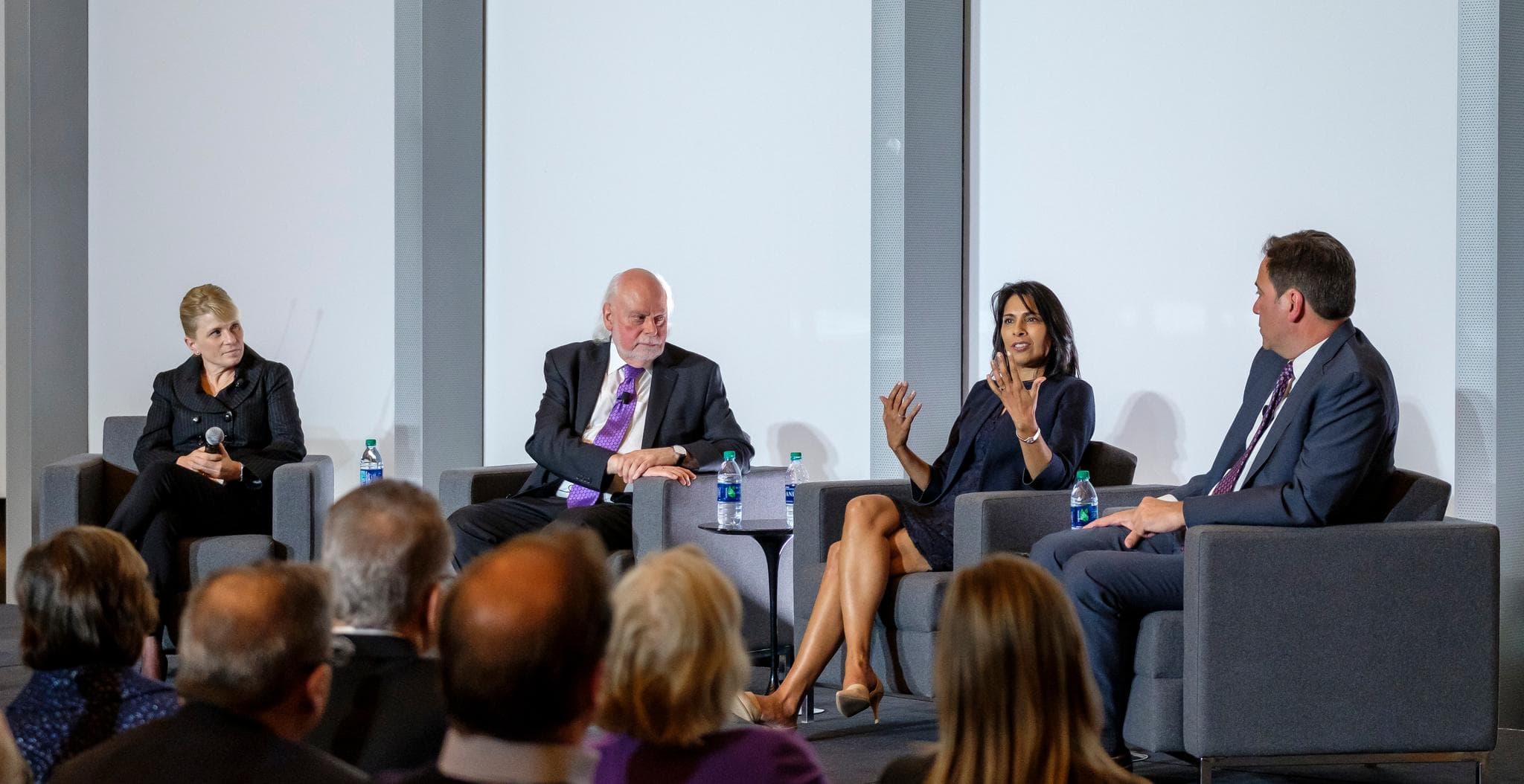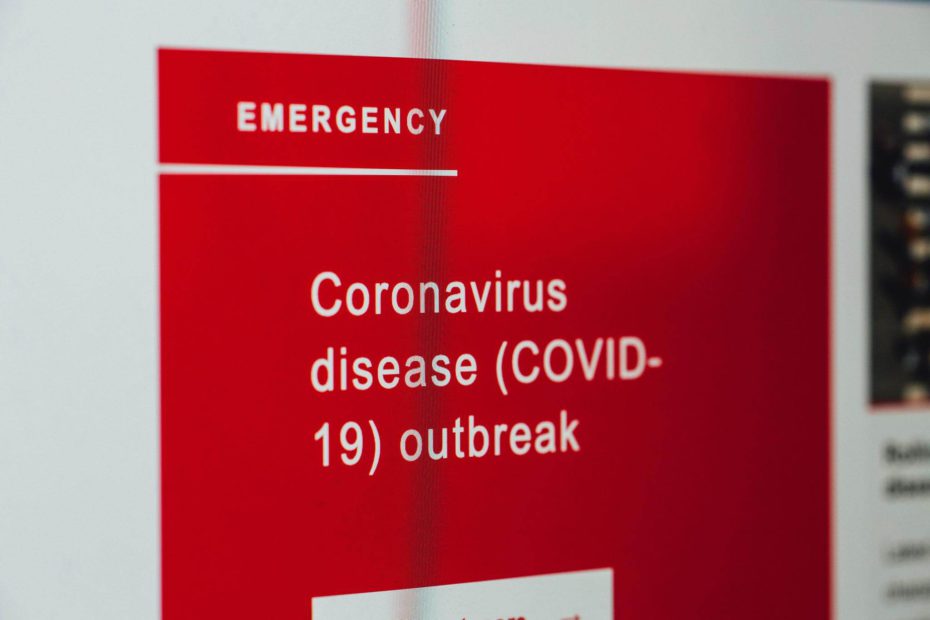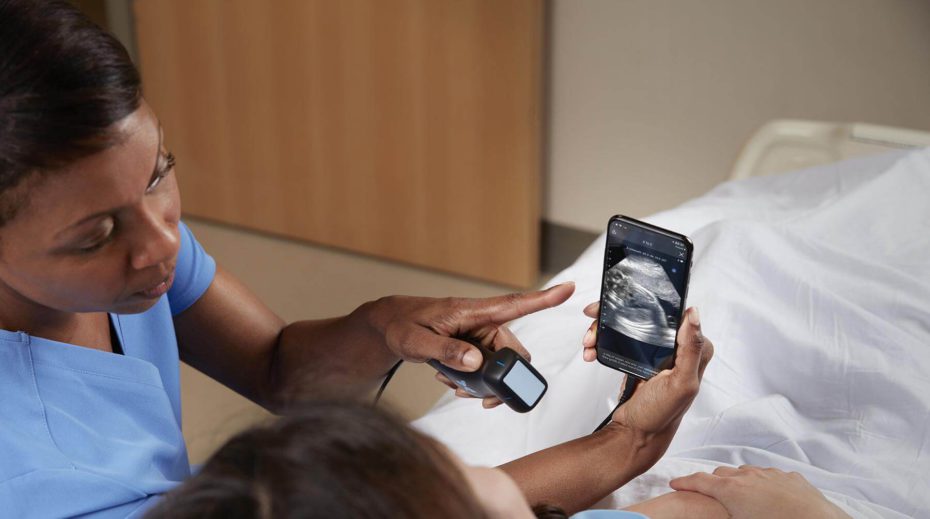Nanotechnology has the potential to not only tackle some of the world’s toughest challenges but also break down scientific silos.
“One of the greatest gifts given to science [is] the whole wave of nanotechnology,” said Dr. Chad Mirkin, the director of the International Institute for Nanotechnology and a professor at Northwestern University.
Mirkin, Dr. Sangeeta Bhatia, and Nobel Laureate Fraser Stoddart discussed the unifying power of nanotechnology at An Evening With Titans of Nanotechnology at Northwestern University. The National Science and Technology Medals Foundation event was moderated by Dr. Shana Kelley.
“This is really an all-encompassing field. It’s not just chemistry, it’s not just engineering, it’s not just biology, it’s all of these things coming together,” said Kelley, a University of Toronto distinguished professor researching bioanalytical chemistry, chemical biology and nanotechnology.
Scientific research has not always been so collaborative, according to Stoddart, who was discouraged from collaborating with other researchers and combining disciplines decades ago.
“I’m old enough to remember when scientists and engineers were siloed. It was even worse than that in chemistry. We had labels like organic, organic physical, theoretical, etc. and we did not talk to each other,” said Stoddart, who received the 2016 Nobel Prize in Chemistry and is credited with the introduction of the “mechanical bond.”
“[Nanotechnology] was the final act of reunification of science and engineering,” he added. “It has been absolutely wonderful to watch how it has all sort of come together — and in my own science, playing a part in the invention of the mechanical bond.”
Mirkin said nanotechnology allows researchers to restructure matter “from the bottom up as opposed to the top down.”
“So you can begin to map out those properties, that was the science,” he said. “Then the technology part, of course, is once you discover materials with new properties you say how do I use that to make the world better. How do I solve major technological problems?”
The nanoscale is about 1,000 times more narrow than a human hair. At this tiny size, materials act and even look very different than the bulk scale — especially in how they interact with the human body.
“Material properties change at the nanoscale, their electronic properties, their optical properties. They turn colors that they aren’t at the macro scale,” said Bhatia, who trained as both a physician and engineer. She is the director of the Marble Center for Cancer Nanomedicine and a professor at MIT.
“What’s really fascinated me and many of us is that their interface with biology actually changes. A single [cell] receptor is a few nanometers. The way cells take in those materials changes in a size-dependent way. The way they get in and out of the body actually depends on their nanoscale shape and charge and size,” Bhatia added.
Bhatia’s research team unintentionally developed a urine cancer screening test after realizing their nanotechnology could pass through the kidneys’ five-nanometer filter to reach the bladder.
“We were trying to make contrast agents for MRI machines … magnetic materials that would go into cancer and tell you where it was invading,” she said.
“Whenever the animals had cancer, the bladder would light up,” she added. “We had kind of this ah-ha moment [realizing] the materials are getting activated by the tumor and this thing is being shed … and it’s concentrating in the bladder.”
Bhatia said inventing the non-invasive diagnostic tool was a “serendipitous” moment in her research.
Kelley said institutions can help make more moments like that happen.
“The serendipitous moments, the breaking down of the silos, that typically happens at really special institutions. It takes a certain type of environment to really foster that,” she said.
“The ones that have become leaders in nanotechnology, they’re not just strong in one discipline,” she added. “They have strengths in chemistry. They have strengths in engineering. They have strengths in medicine.”
Stoddart added, “we are successful because we hunt in packs. This hunting in packs also leads to serendipitous discoveries.”
And these discoveries could have huge impacts. Bhatia noted 50 percent of cancers are untreatable today, along with antibiotic resistance and many communicable diseases.
“We probably need better tools for early detection of cancers. That becomes a grand challenge that you can stand up for nanotechnology because now it turns out these materials are so small they can travel through your bloodstream and look for cancer. Now we’ve flipped the whole paradigm,” Bhatia said, adding it applies to many areas of medicine that cannot currently be treated using drugs, which has been the mainstay of medicine. “Now nanotechnology is enabling this new frontier.”
Full event video:




